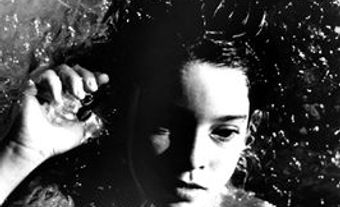Cordell Barker
Cordell Barker, animator (b at Winnipeg 1957). Cordell Barker began an apprenticeship straight out of high school with a Winnipeg advertising studio in 1974, cutting his teeth on Sesame Street spots, K-Tel commercials and local ads. In 1982 he approached the NATIONAL FILM BOARD OF CANADA (NFB) about making a short that eventually became The Cat Came Back (1988), a hilarious hand-drawn tour de force based on a children's folk song. The film received the GENIE AWARD for best animated short, and an Oscar nomination. It garnered another 16 international awards and is one of the most popular shorts ever produced by the NFB. During 7 minutes and 30 seconds of crazed energy and skewed humour, a man wants to get rid of an unattractive and extremely irritating cat. He tries everything, including that old cartoon standby, dynamite, all to no avail. Even death does not bring release.
Cordell Barker's second hand-drawn short for the NFB, Strange Invaders, came in 2001. In between, he mostly worked in Montréal producing animated spots for various corporations such as Coca Cola, Bell Canada and Nike. Strange Invaders is about a couple that cares for an alien boy, and it received Genie and Oscar nominations for best animated short. When a meteor hits the couple's house, a child arrives with it. It tears apart everything in sight, and all this is rendered operatically, hyperbolically, the film's humanoid characters all bulbous noses, bulging eyes and prominent overbites. In 2009, the NFB released Runaway, a third short by Barker, about a runaway train that hits a cow and careens out of control.
Cordell Barker's work is closely associated with that of Richard Condie (co-producer on The Cat Came Back and director of The Big Snit), and their work shone a spotlight on Winnipeg as a hotbed of surreal and absurdist animation.

 Share on Facebook
Share on Facebook Share on X
Share on X Share by Email
Share by Email Share on Google Classroom
Share on Google Classroom

